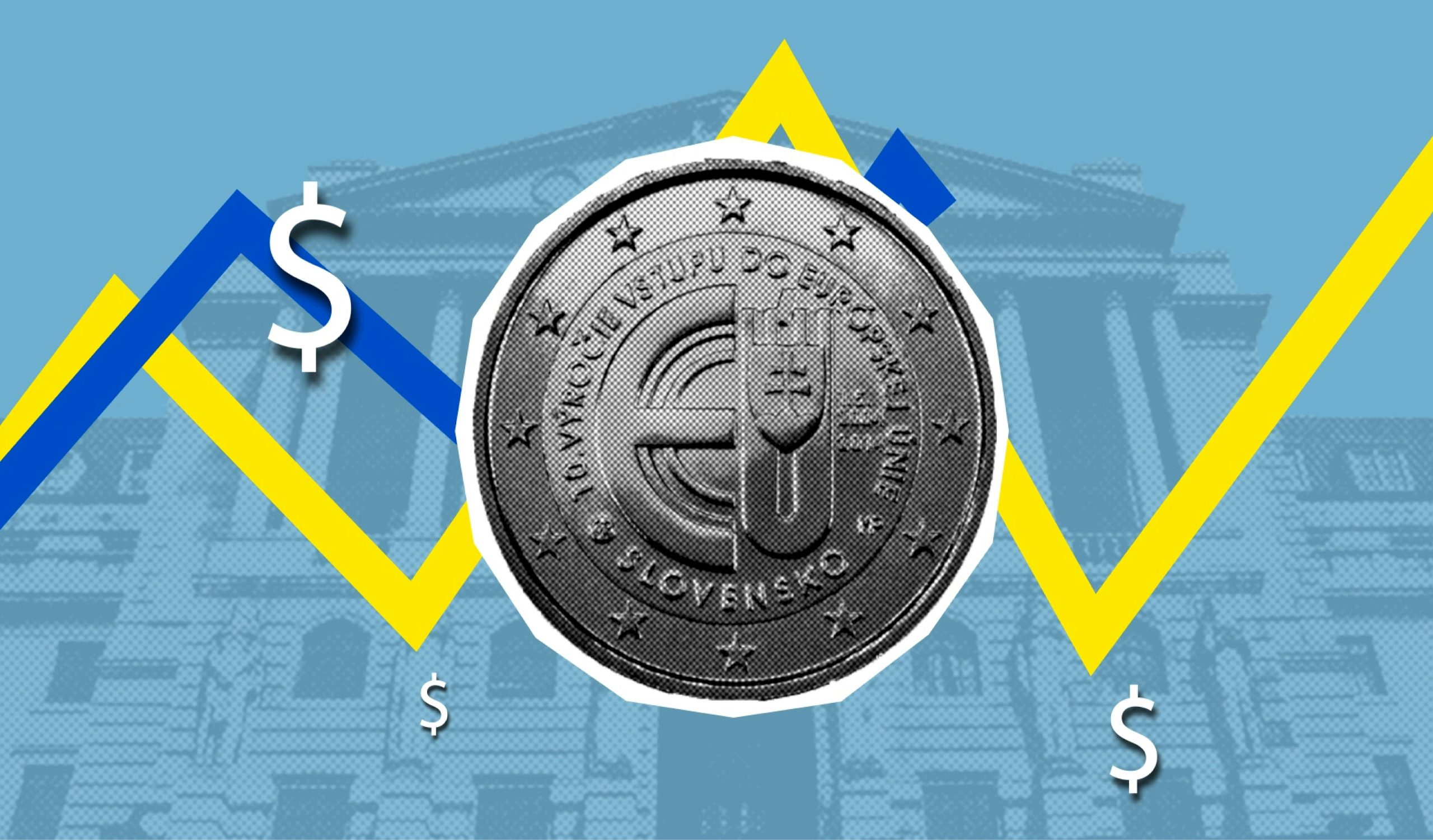Understanding the Basics of Currency Exchange and Foreign Trade
The global economy can seem like a complex and ever-changing system, but at its core, it revolves around the exchange of goods and services between countries. With this international trade comes the need for currency exchange – the process of converting one country’s currency into another. Understanding the basics of currency exchange and foreign trade is not only crucial for businesses that engage in international commerce, but also for individuals who travel or invest abroad. In this article, we will delve into the fundamentals of currency exchange and foreign trade, and how they impact the global economy.
What is Currency Exchange?
Currency exchange, also known as foreign exchange or forex, refers to the process of converting one currency into another. This is necessary because different countries have their own currencies with different values. For example, one U.S. dollar is not equal to one British pound. Therefore, when engaging in international trade, travelers or investors must exchange their currency for the currency of the country they are transacting with. This is the basic concept of currency exchange.
The Importance of Currency Exchange in Foreign Trade
Foreign trade involves the buying and selling of goods and services between countries. It is a vital component of the global economy and accounts for a significant portion of a country’s GDP. In order to facilitate this trade, different currencies must be converted into each other. For instance, if a U.S. company wants to import goods from China, they must first convert their U.S. dollars into Chinese yuan in order to pay for the goods. Without currency exchange, international trade would not be possible.
Factors Influencing Currency Exchange Rates
The value of a country’s currency is constantly changing and is influenced by various factors. Some of the main factors that impact currency exchange rates include:
Economic Stability
The state of a country’s economy has a significant impact on the value of its currency. If a country has a stable and growing economy, its currency value is likely to be strong. On the other hand, if a country is experiencing economic difficulties, its currency value may weaken. For example, during the 2008 financial crisis, the U.S. dollar strengthened against most major currencies, as the U.S. economy was seen as relatively stable compared to other countries.
Inflation Rates
Inflation, or the increase in the prices of goods and services, can also influence currency exchange rates. In general, countries with lower inflation rates tend to have stronger currencies, as their purchasing power is higher compared to countries with higher inflation rates.
Interest Rates
The interest rates set by a country’s central bank can also impact currency exchange rates. Higher interest rates can make a country’s currency more attractive to investors, leading to an increase in demand and thus a higher exchange rate.
Political Stability
Political stability is another important factor that can affect currency exchange rates. Countries with unstable political climates are often viewed as high-risk, which can discourage foreign investors and decrease the value of their currency.
Different Types of Exchange Rates
There are different types of exchange rates that are used in currency exchange. These include:
Spot Exchange Rate
The spot exchange rate is the current market value of one currency compared to another. It is the rate at which currencies are exchanged immediately, or “on the spot”. This rate is constantly changing and is affected by the supply and demand for a particular currency.
Forward Exchange Rate
The forward exchange rate is a pre-determined rate at which two currencies will be exchanged on a specific future date. This rate is agreed upon by parties in advance and can help mitigate currency exchange risk for businesses and investors.
Pegged Exchange Rate
A pegged exchange rate is when a country’s currency is tied to the value of another currency or a basket of currencies. This means that the exchange rate is fixed and does not fluctuate with the market. Some countries peg their currency to more stable currencies in order to maintain a predictable exchange rate.
Risks of Currency Exchange
While currency exchange is necessary for international trade, it is not without its risks. Fluctuations in exchange rates can have a significant impact on the value of transactions and investments. Businesses and investors must carefully monitor exchange rates and consider various factors that may affect them.
Currency Exchange Risk
Currency exchange risk refers to the potential losses or gains that may occur when exchanging one currency for another. This risk is influenced by factors such as fluctuations in exchange rates, economic conditions, and political stability.
Transaction Exposure
Transaction exposure is a type of currency exchange risk that specifically applies to companies doing business abroad. It refers to the potential losses or gains that may occur due to changes in exchange rates between the time a transaction is initiated and when it is completed.
Economic Exposure
Economic exposure refers to the impact of currency exchange on a company’s overall financial performance. If a company’s home currency weakens, their overseas profits may decrease, or if their home currency strengthens, their overseas debts may increase.
Conclusion
In conclusion, understanding the basics of currency exchange and foreign trade is essential for anyone involved in international commerce. From businesses to individuals, the impact of exchange rates and foreign trade on the global economy cannot be underestimated. By considering various factors, carefully monitoring exchange rates, and mitigating potential risks, businesses can navigate the ever-changing landscape of currency exchange and thrive in the world of foreign trade.











